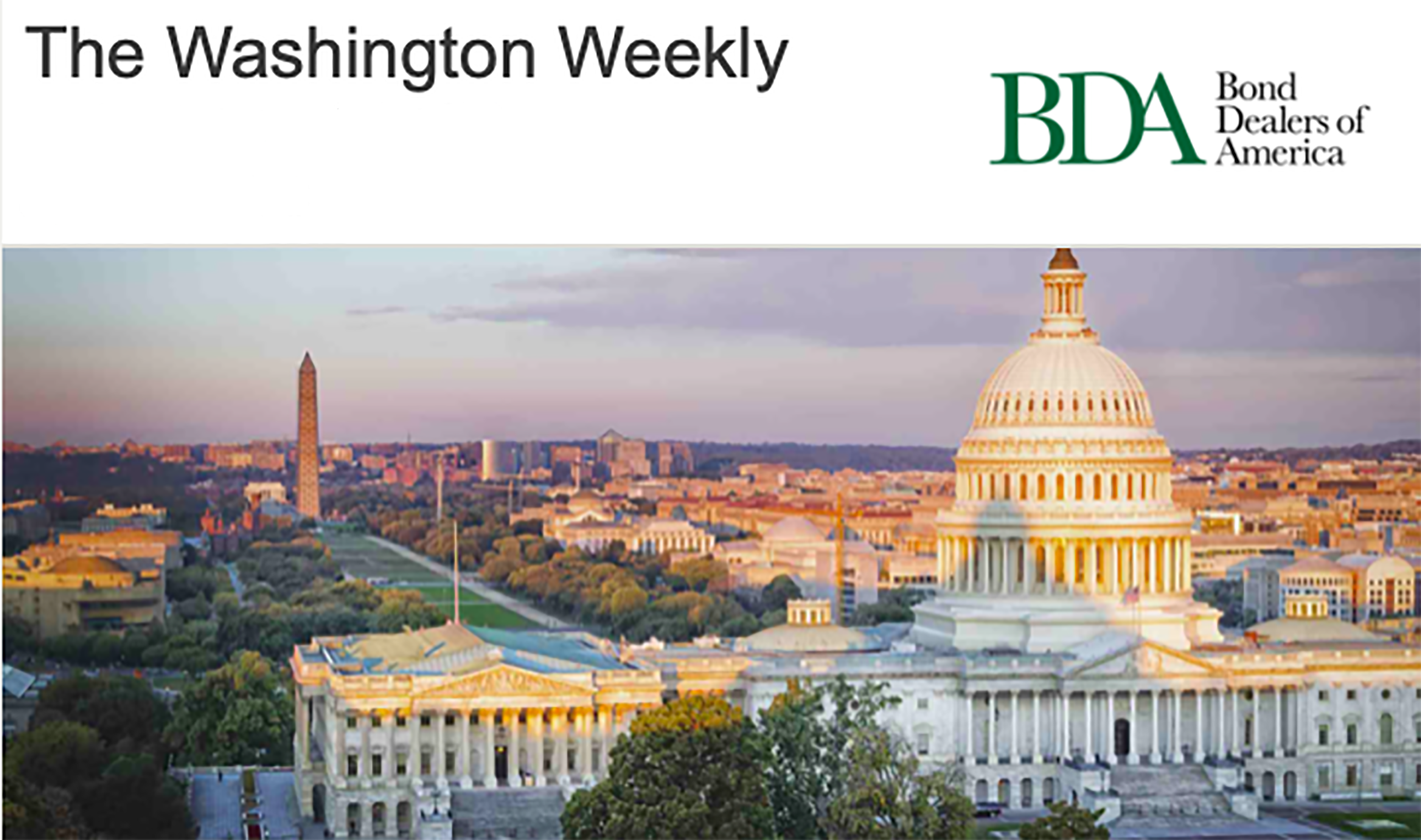
New Stimulus-Same Politics
Legislative Recap:
Following weeks of discussion around a potential 4th stimulus package, House Democratic leadership made good on their promise to provide substantial direct funding to state and local governments, while working to appease all factions of the House Democratic Caucus, resulting in a robust $3 trillion dollar package.
The bill was instantly rebuffed as a “liberal wish list” from both House and Senate Republican Leadership, as well by the Administration. Provisions such as a bailout for the US Postal Service and student loan forgiveness have Republicans going as far as to call the bill a “1,800 page press release.”
However, with the White House sending signals to the Hill that they are willing to negotiate on state and local funding, and Federal Reserve Chairman stepping back into the political limelight, warning Congressional leaders that further substantial assistance will be needed to stabilize the economy, and needed quickly, compromise will likely return to Capitol Hill in the coming weeks.
House Bill Assists State and Locals/No New Bond Provisions Included
This week, the House released a new stimulus measure, the HEROES Act. The bill would provide $500 billion in direct assistance to state governments, $375 billion to assist local governments, $20 billion to tribal governments and $20 billion to U.S. territories. The package would also allow localities to spend monies allotted via the CARES Act to cover revenues lost.
The bill also would expand the Fed’s Municipal Liquidity Facilities restrictions on duration of maturities to 10 years, while setting rates for MLF loans at federal funds rate and remove the requirement that an issuer must prove and attest to an inability to secure credit elsewhere.
The legislation, while providing relief to state and local governments, included no new bond provisions as Ways and Means Chairman Richard Neal(D-MA) had previously indicated.
However, the BDA, along with our state and local government partners in the Public Finance Network, continue to press the Chairman and House and Senate leaders to include BDA and PFN priorities such as the reinstatement of advance refundings, and raising the limit on BQ debt. Last week the BDA submitted a letter to Congressional leadership promoting these priorities and the need for inclusion in the next stimulus package.
The House is expected to begin debate on the provisions Friday morning, setting up a Friday afternoon vote of passage.
Senate Pushes Pause Button
While the Senate made their displeasure of the HEROES Act known, with Majority Leader Mitch McConnell (R-KY) referring to the package as “aspirational,” some in the majority are working on separate legislation to assist state and local government finances. Senator John Kennedy (R-LA) has introduced the Coronavirus Relief Fund Flexibility for State and Local Government Act . While the legislation would not provide any new funding as the House package does, the bill would provide much needed flexibility of the use of CARES Act funds, a point of potential compromise going forward for both Chambers.
Senate Republicans however, seem to be taking a wait-and-see approach, pressing pause on new stimulus legislation to gauge the effectiveness of prior packages. A gamble that puts them at odds with many economists and state and local governments nationwide.
Final Thought
The House is widely expected to pass the HEROES Act on strictly a party line vote by weeks end, setting up a showdown with the Senate on priorities. Majority Leader McConnell has made his stance clear on providing more assistance to state and local governments, however, the BDA believes that both McConnell’s stance and the House $1 trillion dollar figure are negotiating tools, and by early summer a compromise will be reached.
Federal Reserve Recap:
Beyond urging Congress to act further to avert a fiscal dooms-day scenario, Chairman Powell and the Federal Reserve have provided key new details on both the Municipal Liquidity Facility(MLF) and the Secondary Market Corporate Credit Facility(SMCCF). This week, the Fed operationalized the Secondary Market Corporate Credit Facility which began purchases on Corporate ETFs, with the majority of ETFs with exposure to U.S. investment-grade corporate bonds, and the remainder, ETFs whose primary investment objective is exposure to U.S. high-yield corporate bonds.
While the SMCCF is active, Fed Vice Chairman Randal Quarles stated during a Senate Banking Committee hearing this week that the Municipal Liquidity Facility, while a top priority, is still weeks away from running.
In preparation for the next steps, the Fed also releasedimportant details regarding pricingfor the MLF, details which reaffirms that the Facility is intended to work only as a backstop for the market and a place of last resort for issuers.
At this time, it seems that the Fed will not utilize its authority to intervene into the secondary municipal market.
Regulation Recap:
- SEC Statement on the Importance of Muni Disclosure During COVID-19
- MSRB Seeks to Align Certain Rules with Reg BI
